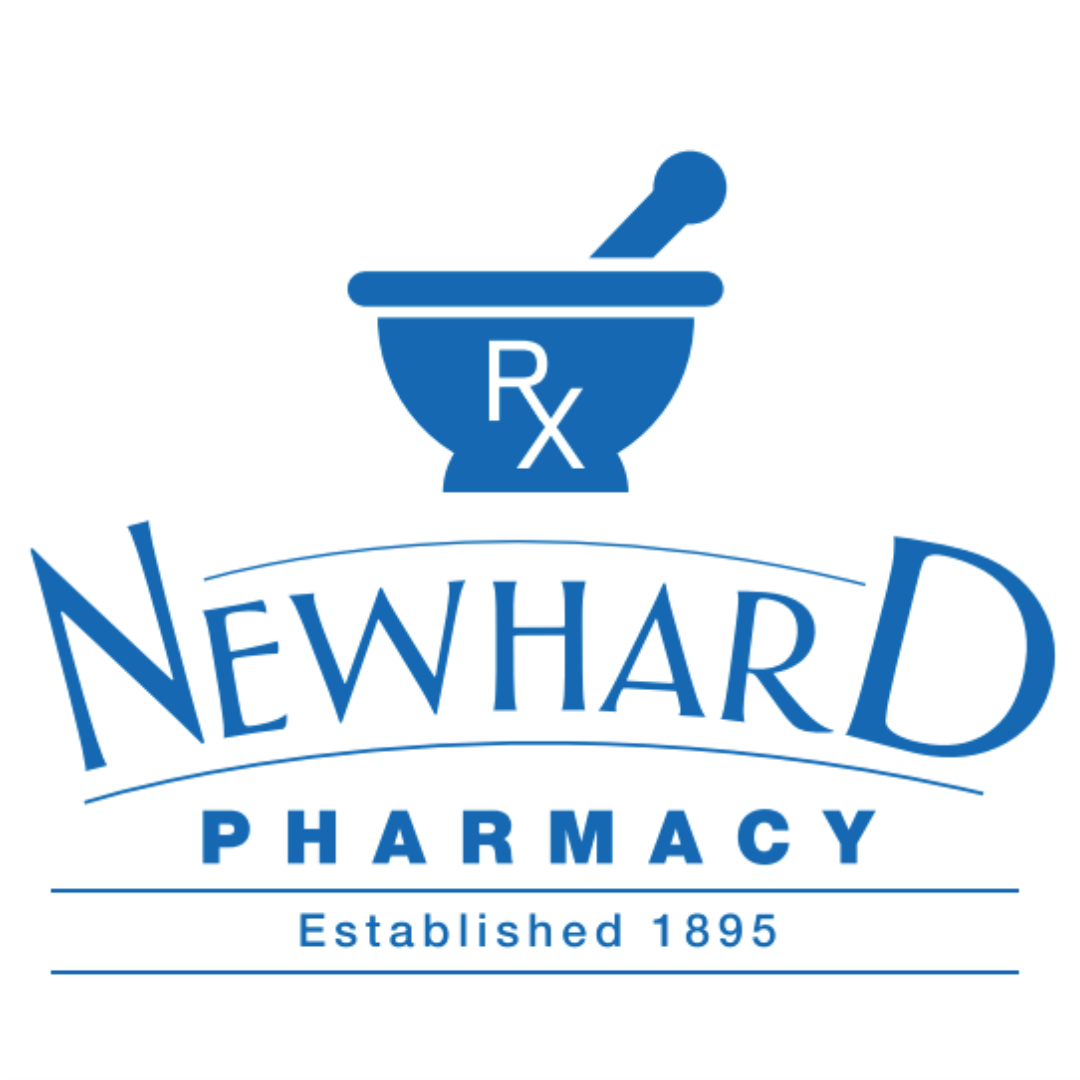Higher levels of lifestyle physical activity, such as house cleaning, walking a dog and gardening, as well as traditional exercise activities, are associated with more gray matter in the brains of older adults, according to a study by researchers at Chicago’s Rush University Medical Center.The Journal of Gerontology: Psychological Sciences recently published the study’s findings.
The brain includes regions responsible for controlling muscle movement, experiencing the senses, thinking and feeling, memory and speech and more. The volume of gray matter is one measure of brain health, but the amount often begins to decrease in late adulthood, even before symptoms of cognitive dysfunction may appear.
“More gray matter is associated with better cognitive function, while decreases in gray matter are associated with Alzheimer's disease and other related dementias,” says Shannon Halloway, Ph.D., the lead author of the study. “A healthy lifestyle, such as participating in lifestyle physical activity, is beneficial for brain health and may help lessen gray matter atrophy.”
The study measured the levels of lifestyle physical activity by 262 older adults in Rush's Memory and Aging Project, an ongoing study.
Participants are recruited to participate in annual clinical evaluations and magnetic resonance imaging (MRI) scans, and to donate their brains and other parts of their bodies for research after their deaths.
Study participants wore a non-invasive device called an accelerometer continuously for seven to 10 days. The goal was to measure the frequency, duration and intensity of a participant's activities.
“One great strength of the Rush Alzheimer's Disease Center is its amazing ability to follow up with participants, and its high retention rates of participants,” Halloway says. As a result, the Memory and Aging Project captures a number of participants in the 80+ age group.
Halloway's analysis found the association between participants’ actual physical activity and gray-matter volumes remained after further controlling for age, gender, education levels, body mass index and symptoms of depression, all of which are associated with lower levels of gray matter.
Lifestyle physical activity is “more realistic for older adults” than a structured exercise program that might require them to go to a gym, says Halloway. “Accessibility becomes an issue as one ages,” she adds. “Transportation can be a problem. Gym settings can be intimidating for any individual, but especially so for older adults.”
Our daily lifestyle physical activities are supportive of brain health, and “adults of all ages should continue to try and increase lifestyle physical activity to gain these benefits,” Halloway says.
Source: Rush University Medical Center; The Journal of Gerontology: Psychological Sciences




